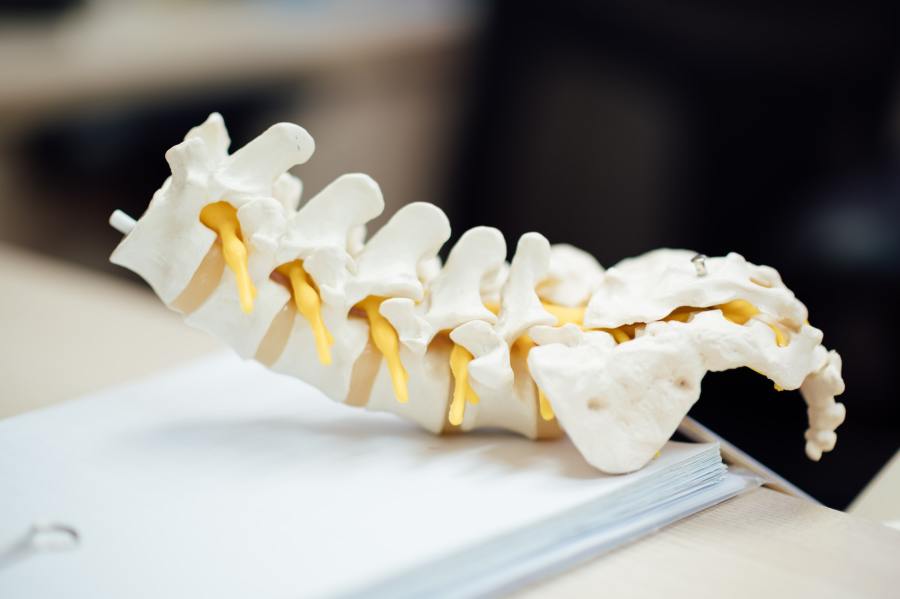Bhelley v Coles Supermarkets Australia Pty Ltd & Ors [2022] VSC 446
A recent decision in the Supreme Court of Victoria provides useful guidance for matters relating to spinal injuries, particularly in how the court considers a Medical Panel's estimation of impairment when the Panel's determination is brought into question.
Background
Pursuant to Division 2 of Part VBA of the Wrongs Act 1958 (Vic), in order for an injured person to recover damages for non-economic loss, it must be established that as a consequence of an incident, a "significant" injury has ensued.
In respect of physical injuries, the threshold level for significant injury is a whole person impairment of more than 5% when assessed in accordance with the provisions of the American Medical Association Guides to the Evaluation of Permanent Impairment (4th edition) (the "Guides"), or for a spinal injury, impairment of 5% or more. Whether or not an injured person satisfies the requisite threshold and therefore is entitled to claim non-economic loss damages, is ultimately a matter for medical opinion and can often require determination by a Medical Panel.
If the Panel determines that an injured person does not satisfy the significant injury threshold, judicial review of the Panel's determination may be sought. Jurisdictional errors are not easy to establish - challenging a Panel's opinion is often approached with a level of caution, given the Panel is comprised of medically qualified professionals whose role of interpreting and applying the Guides is a matter for their own medical experience and expertise,1 and not that of lawyers or judges.2
The case
This was recently explored in the Supreme Court decision of Kanwaleen Bhelley v Coles Supermarkets Australia Pty Ltd & Ors [2022] VSC 466, following the Panel's determination that the plaintiff, Kanwaleen Bhelley, did not sustain a significant injury as a result of a slip and fall at a Coles supermarket in Wyndham Vale on 26 May 2020.
Ms Bhelley sought judicial review of the Medical Panel's decision on the basis that the Panel made various jurisdiction errors, namely, that it:
- did not apply the Guides;
- mistook or misapplied the provisions of the Guides; and/or
- made a finding that was not open to it, or which was unreasonable
Ms Bhelley's main submission was that her subjective reports of pain and restriction during her examination before the panel amounted to "clinical signs" of lumbar injury which, if the Guides had been correctly applied, would have resulted in an assessment of DRE II (and not DRE I) and therefore, the 5% threshold would have been met.
Coles, however, submitted that the injury threshold was best left to medical evaluation and judgement, and not something that the Medical Panel was bound to find on the basis of the claims made by Ms Bhelley. It also submitted that one of the main purposes of the Guides is to make the process of estimating impairments as objective as possible for the Panel, such that assessments by different clinicians are most likely to lead to similar results.
The Court held that there was no basis for Ms Bhelley's claim that the Panel had either erred in its application of the Guides or reached a determination not open to it. Mrs Bhelley's application was therefore dismissed.
Conclusion
The decision is a timely reminder that the interpretation and application of medical terms such as "clinical findings" in the Guides, is best left to medical practitioners who are trained in the application of the Guides.
Photo by Chuttersnap on Unsplash.
All information on this site is of a general nature only and is not intended to be relied upon as, nor to be a substitute for, specific legal professional advice. No responsibility for the loss occasioned to any person acting on or refraining from action as a result of any material published can be accepted. Lander & Rogers is furthermore committed to providing legal advice and content that is factual, true, practical and understandable. Learn more about our editorial policy.
 Client portal
Client portal












